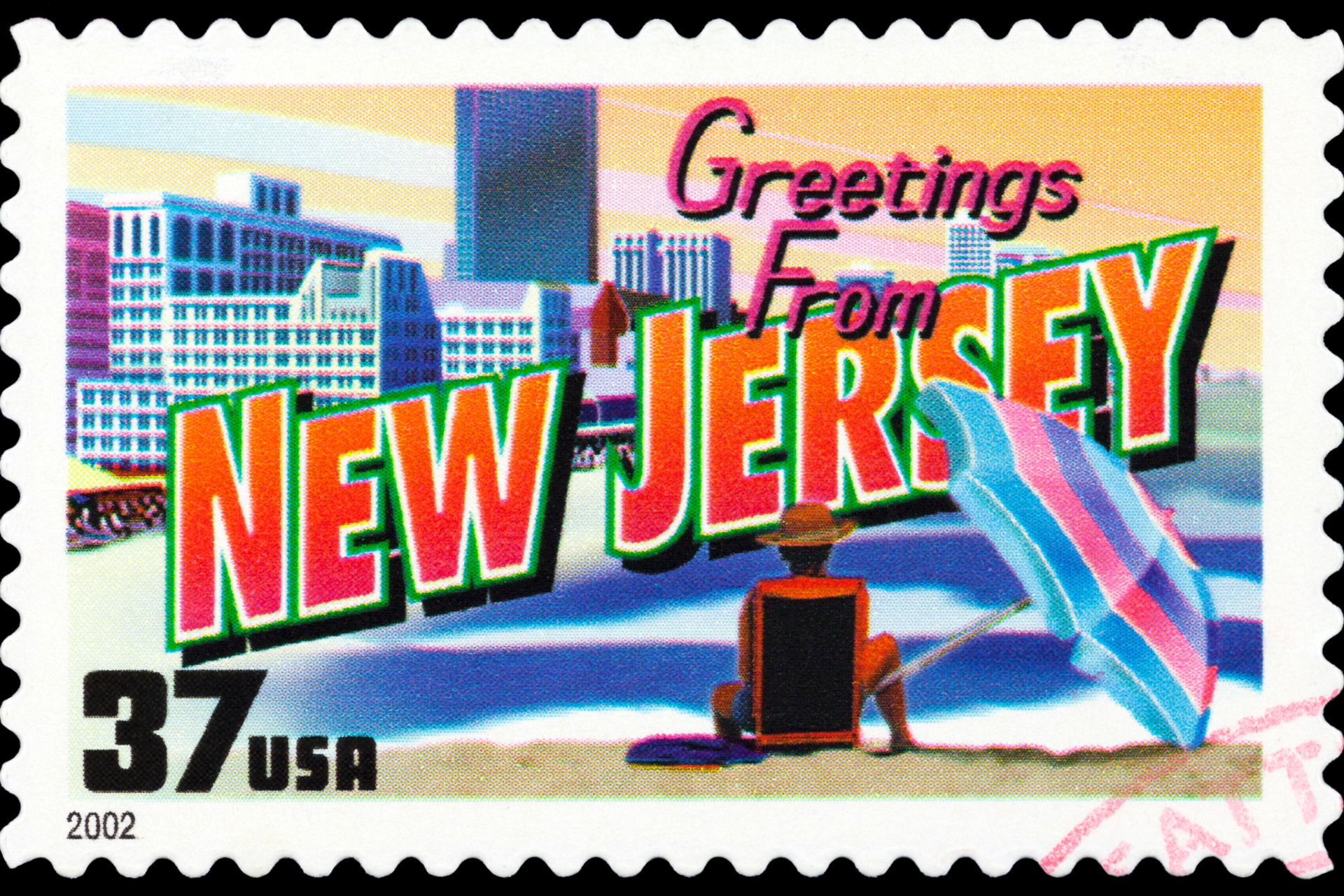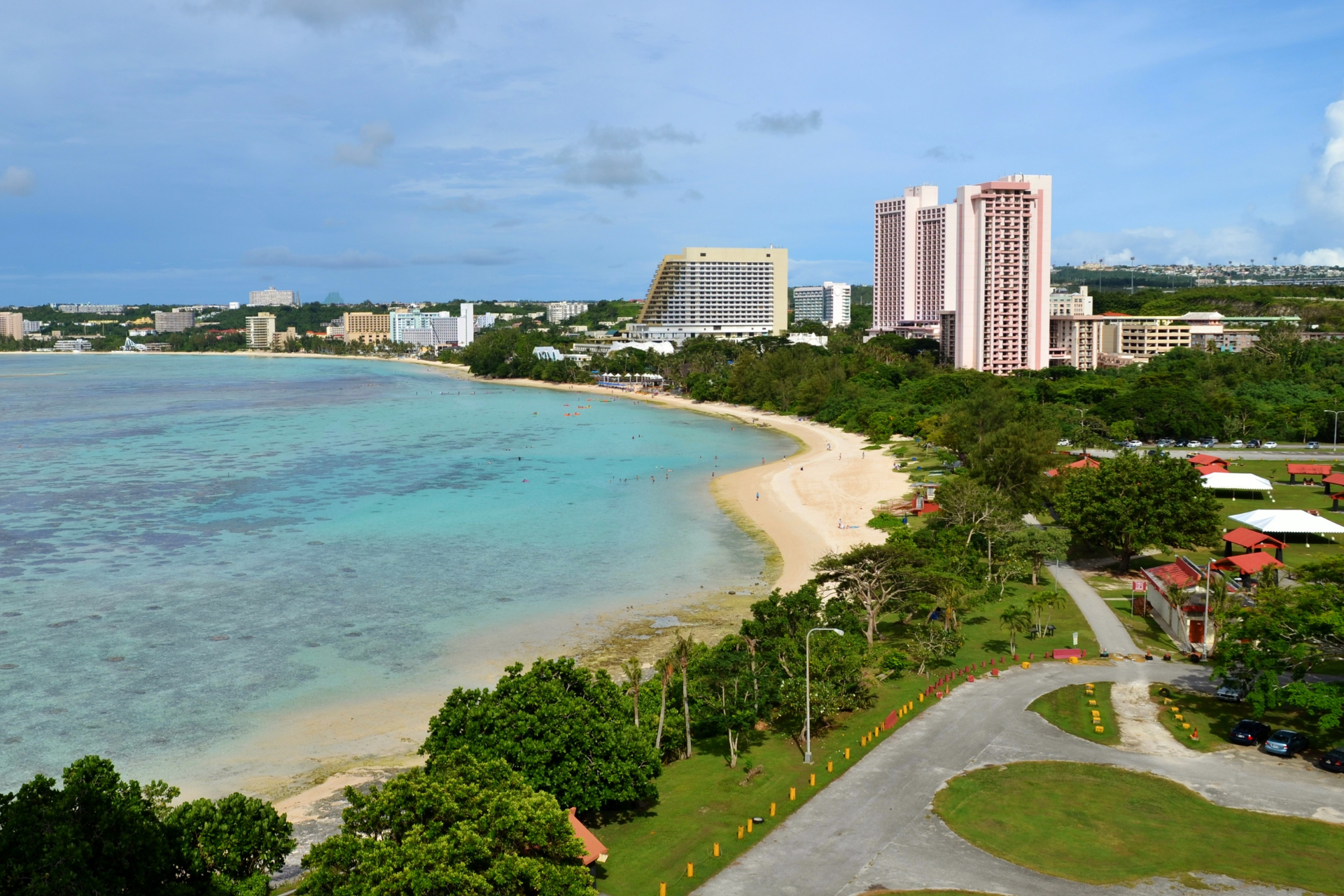The Puerto Rico State Election Commission has released its proposed ballot for the plebiscite to be held on November 3.
The next step is for the Commission to send the ballot to the United States Department of Justice for its approval, which would also trigger the release of $ 2.5 million in federal funds to support the November referendum vote.
A 2014 federal law provides Puerto Rico’s Elections Commission with $2.5 million for a plebiscite if the ballot’s proposed status option or options would resolve the question of the territory’s ultimate status and are found by the U.S. Department of Justice to not conflict with the Constitution, laws, and policies of the U.S.
The 2020 Puerto Rico status referendum ballot, to be presented along with the general elections in November, will ask Puerto Rico voters to say “yes” or “no” to statehood for the territory.
The ballot offers the question in the same format offered to voters in Alaska and Hawaii in the 1950s. In this case, the question is, “Should Puerto Rico be admitted immediately into the Union as a State?”
A copy of the sample ballot is shown below.
The voter instructions, presented in both English and Spanish, are as follows:
The voter can only choose and mark one (1) alternative of those printed on this ballot. You must write a valid mark inside the white rectangle that corresponds to the geometric figure of the alternative of your choice. The ballot with not clear intention of the vote in any of the alternatives printed on the ballot with more than one (1) alternative marked, not voted on, blank, or with any other symbol or writing outside one of the white rectangles, will not be counted in the official results certified by the State Election Commission, according to the jurisprudence of the Supreme Court of Puerto Rico.
“No” is the first choice, symbolized by an oval. “Yes” is to the right, with a triangle.
Previous ballots have had more questions, plus multiple options. In this case, those who favor statehood can vote “yes.” Those who prefer to remain a territory, to become an independent nation, or to hope that they will be able to negotiate another option in the future can all vote “no.”
A yes vote
If statehood wins again, it will be clear that Puerto Rico voters do indeed want statehood, as polls and plebiscites in the 21st century have consistently shown. At that point, it will be up to Congress to take action by admitting Puerto Rico as a state.
Congress can do this at any time with a simple majority, as they have done for 32 territories in the past.
If Congress refuses to take this action, it will not be possible to continue claiming that the territory is governed with the consent of the governed.
A no vote
If statehood loses the vote, Puerto Rico will continue to be a territory of the United States for the immediate future.
This would not mean that Puerto Rico could not become a State at a later time. Colorado, for example, voted against statehood in 1860 and became a state in 1876.
Puerto Rico could also become an independent nation if the voters reject statehood, though the percentage of Puerto Rico residents who want independence is extremely small. Independence has never garnered more than 5% of the vote in any plebiscite, and Puerto Rico has never elected a governor from the Independence Party
This means that the Independence Party is considerably less popular in Puerto Rico than the Libertarian Party in the United States as a whole. It continues to be listed among the Island’s major political parties as a courtesy.
As a sovereign nation, Puerto Rico could attempt to negotiate with the U.S. to sign a Compact of Free Association and have an especially close relationship with the U.S., just as Palau, the Federated States of Micronesia and the Republic of the Marshall Islands do today.
These current Freely Associated States (FAS) has turned all of their national defense and security matters over to the United States. The U.S. operates the preeminent Ronald Reagan Ballistic Missile Defense Test Site with the FAS and controls access to FAS land and water rights.
Citizens of the FAS are not U.S. citizens, but they serve in the U.S. military and do not need a visa to travel to the US.
Unlike Puerto Rico, the FAS do not receive nutrition or health assistance from the U.S.




Pingback: Wrong Views on Puerto Rico Statehood Will Hurt GOP (OPINION)